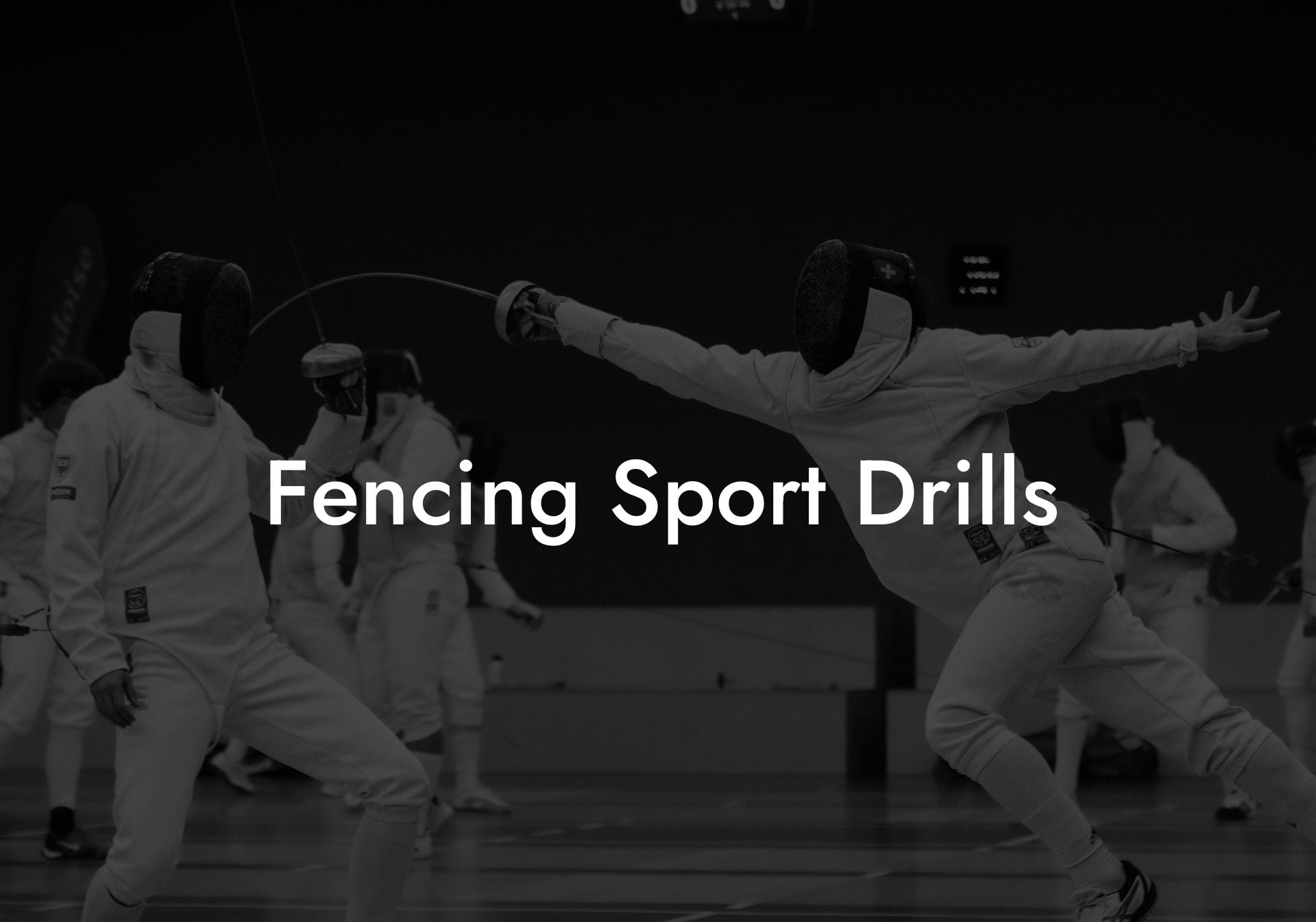Whether you are a beginner or an experienced fencer, continuous practice and improvement is crucial to mastering the art of fencing. Fencing sport drills are essential for developing speed, precision, and technique, all of which are necessary for competitive success. In this article, we will explore a variety of fencing drills to help you hone your skills and elevate your performance on the piste.
Footwork Drills
Advance and Retreat
The foundation of good footwork is the ability to move forward and backward with ease and precision. Practice the basic advance (a small step forward) and retreat (a small step backward) movements to build muscle memory and improve your balance and coordination.
- Start in the en garde position and advance with your front foot, followed by your back foot.
- Retreat by moving your back foot first, followed by your front foot.
- Increase the speed of your movements and add changes in rhythm or direction to challenge yourself.
Lunge and Recovery
Mastering the lunge is essential for launching powerful, precise attacks. Similarly, recovering quickly and efficiently from a lunge is crucial for maintaining a strong defensive posture.
- Begin in the en garde position and perform a lunge by extending your front leg and foot, while maintaining your back leg in a bent position.
- Hold the lunge for a moment, then recover by pushing off your front foot and returning to the en garde position.
- Practice lunging with different tempos and varying distances to increase your lunge's adaptability and effectiveness.
Bladework Drills
Parry and Riposte
Effectively defending yourself from an opponent's attack and launching a counterattack is a fundamental skill in fencing. One way to do this is through the parry and riposte technique. This drill focuses on refining your parry movement, and following it up with a quick and accurate riposte.
- Perform a parry by moving your blade in a circular or lateral motion to deflect your opponent's attack.
- Immediately after parrying, launch a riposte by extending your arm and aiming for an open target area on your opponent.
- Focus on smooth, precise movements and quick, decisive counterattacks.
Hit and Retreat
Perfecting the art of landing a hit and quickly retreating to a defensive position is crucial for maintaining a strong fencing game. This drill helps develop your ability to strike efficiently and maintain control over the bout.
- From a distance, perform a lunge or a simple extension to strike your opponent's target area.
- Immediately retreat back to a safe distance, while remaining ready for any potential counterattacks.
- Concentrate on fast, fluid transitions between offense and defense, as well as precise and calculated attacks.
Fencing Sport Drills Example:
Partner Drills
Practicing with a partner can help you apply your skills in a more practical and competitive context. One example of a partner drill is:
Fencing the Line
This partner drill is designed to enhance your coordination, balance, and ability to maintain focus under pressure.
- Both fencers stand on a narrow line or strip (approximately 6-12 inches wide).
- Pick a designated attacker and defender. The attacker’s goal is to score a point, while the defender focuses on avoiding being hit.
- After a set number of repetitions or a certain time limit, switch roles.
- Focus on executing skilled footwork, precise attacks, and flawless defense without stepping off the line.
As you continue to practice these fencing sport drills and others like them, your game will undoubtedly improve. A winning formula involves a well-rounded repertoire, a strong foundation of technique, and the ability to adapt to a variety of opponents. Don't forget, practice makes perfect, so be sure to share these drills with your fellow fencers and encourage each other to excel in this elegant and exhilarating sport! Visit Anchorage Fencing Club for more guides, tips, and equipment recommendations to help you unleash your full potential on the piste.













